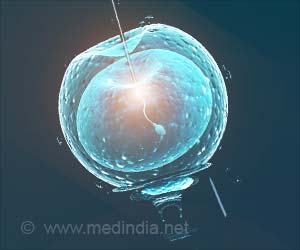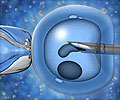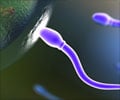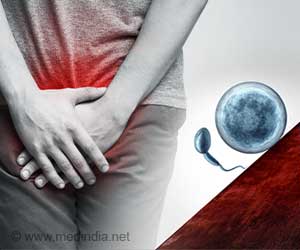Semen produced shortly within three hours after a man's most recent ejaculation or so had quicker and motile sperm compared to a man who restrained for several days before ejaculating again.

‘Semen produced shortly within three hours after a man's most recent ejaculation or so had quicker and motile sperm than when the man restrained for several days before ejaculating again.’





Dr. Da Li and Dr. XiuXia Wang, who are clinician-researchers at the Center for Reproductive Medicine of Shengjing Hospital in Shenyang in northeast China, think so.Recent research from Li's and Wang's lab upends conventional wisdom that abstaining between efforts to conceive can improve a couple's chances of success. The research team worked with almost 500 couples to test whether how long a couple waits between efforts to conceive could change their success rates.
"For years, men have usually been advised to limit sexual activity to increase the chances of pregnancy," said Li. "However, it's time to change our minds."
Some earlier studies had shown that semen produced shortly after a man's most recent ejaculation within three hours or so had faster and more motile sperm than if the man abstained for several days before ejaculating again. But it wasn't clear why the sperm changed or whether the changes affected fertility. So researchers set up a few side-by-side experiments to investigate.
They looked at individual subjects' semen after they had abstained for either several days or just an hour or two, comparing the volume of semen and the mobility of sperm. As had been observed earlier, the sperm from shorter abstinence periods moved faster.
Using a technique called mass spectrometry to look at the protein makeup of the samples, the team found some major molecular differences. The majority of the affected proteins were involved in cell adhesion, a function that sperm need to fuse with egg cells.
The team also observed changes to proteins involved in sperm motility and metabolism, especially in proteins that handle reactive oxygen species, a byproduct of cellular energy production. Although reactive oxygen species are needed for some normal sperm functions, having an excess can damage sperm's genetic material.
According to Li's results, the longer sperm exist, the more vulnerable they are to DNA damage by reactive oxygen, which could harm their ability to form a viable embryo.
To see whether the changes to sperm were affecting fertility, the research team also ran a study of about 500 couples preparing for in vitro fertilization at the fertility clinic. They asked men in the control group for semen samples after several days of abstinence, whereas men in the experimental group abstained for less than three hours before providing their samples. The IVF team proceeded as usual with the two types of sample, using them to generate and then implant embryos.
"A typical live birth rate in a cohort of this size is about 30 percent," said Li. In the experimental cohort, live births were higher by one-third.
"Our data indicate that couples with relatively normal semen parameters should have frequent sex around the ovulation period," said Li. "This could make all the difference to their efforts to start a family." Meanwhile, IVF treatments at the Center for Reproductive Medicine, which treats about 5000 infertile couples per year, are also being updated to use semen from closer-spaced ejaculations.
Li said that the team plans to continue working with patients and will perform further research to investigate differences in post-translational modifications that his lab saw between the types of samples. "This is a very new field," said Li. But the prospects for would-be parents are exciting.
Source-Eurekalert












